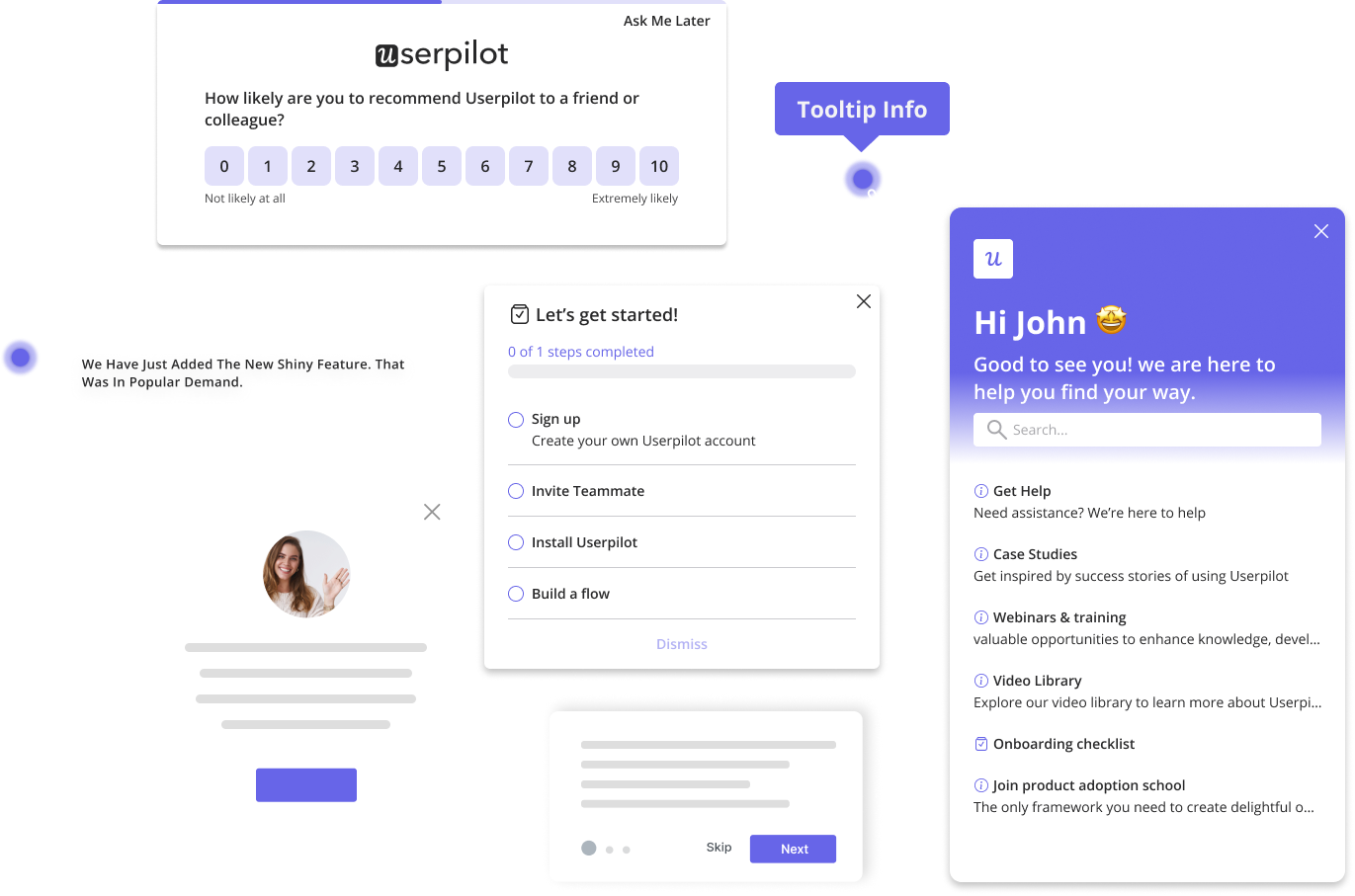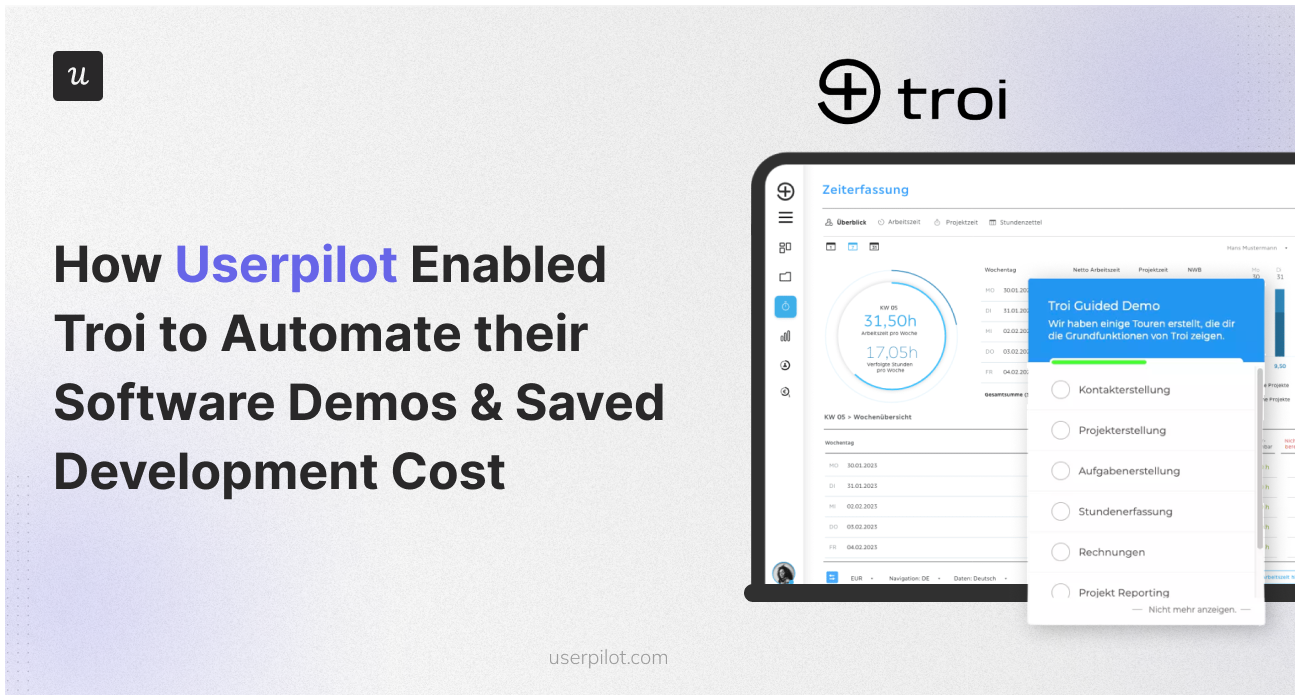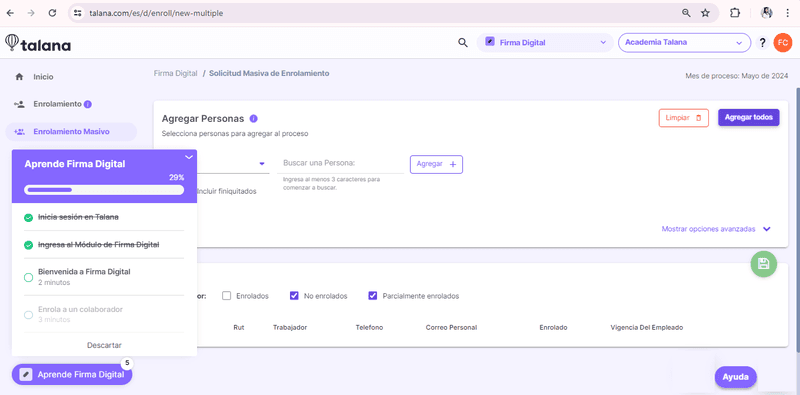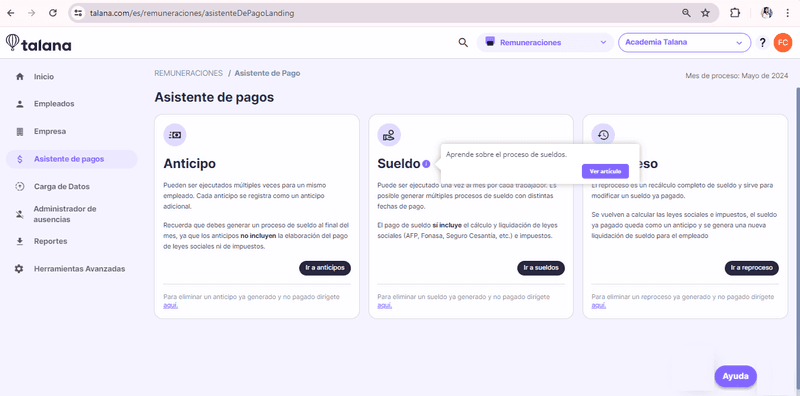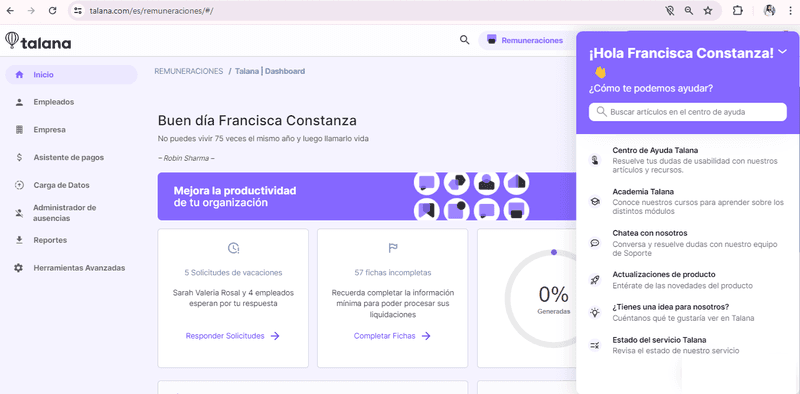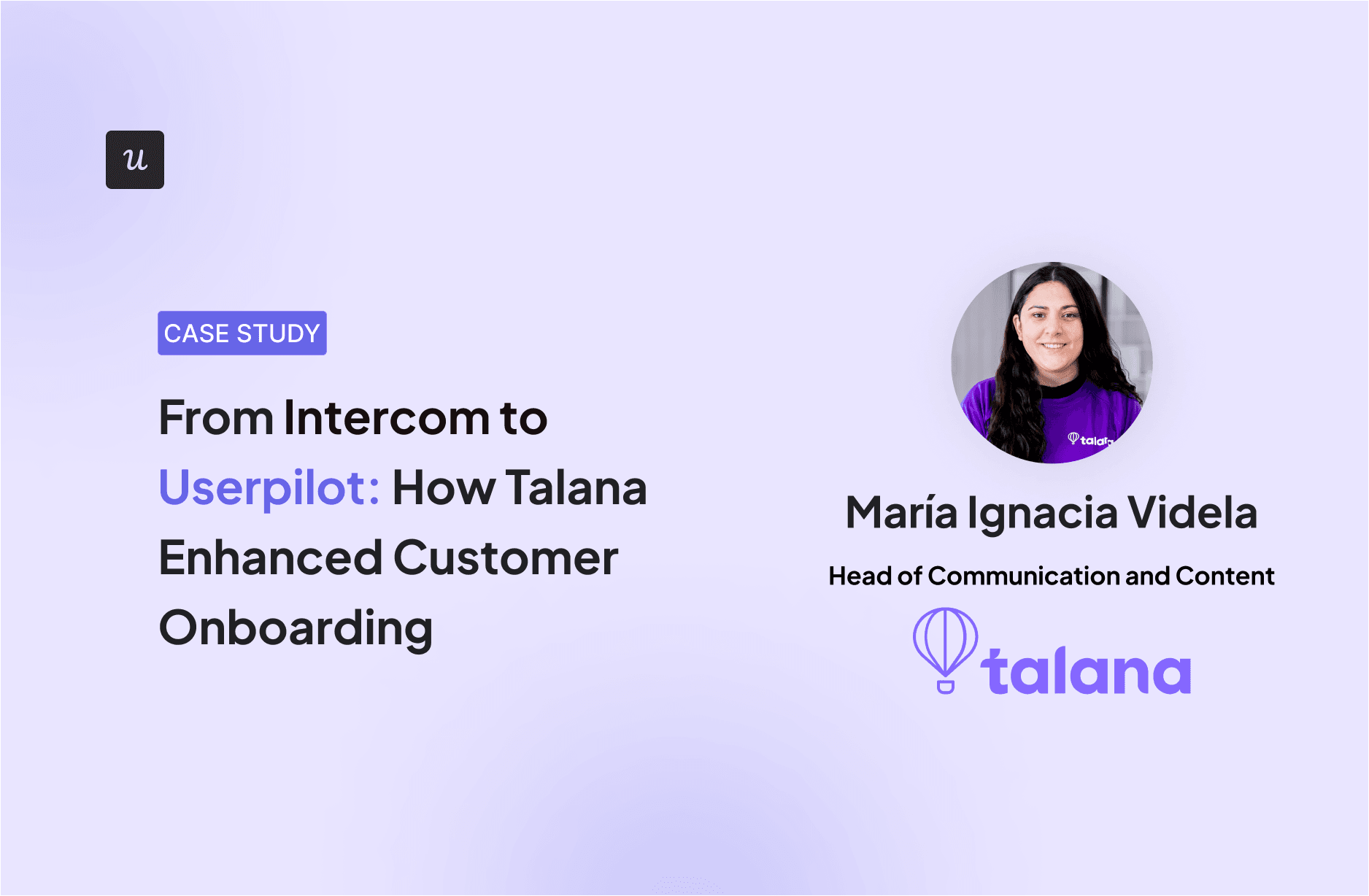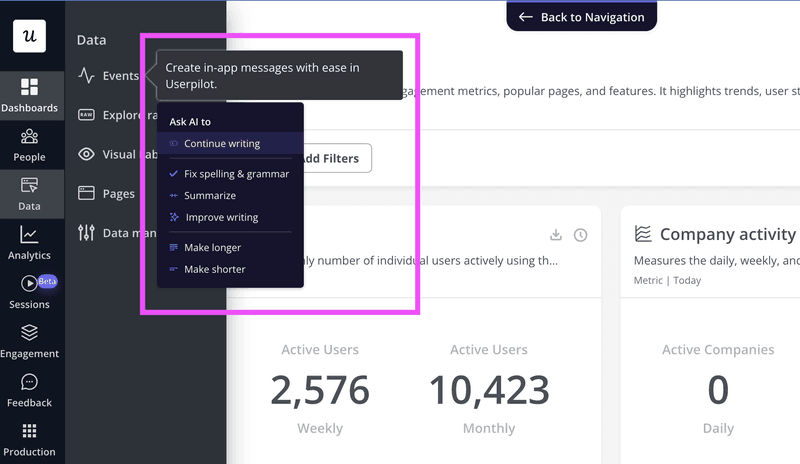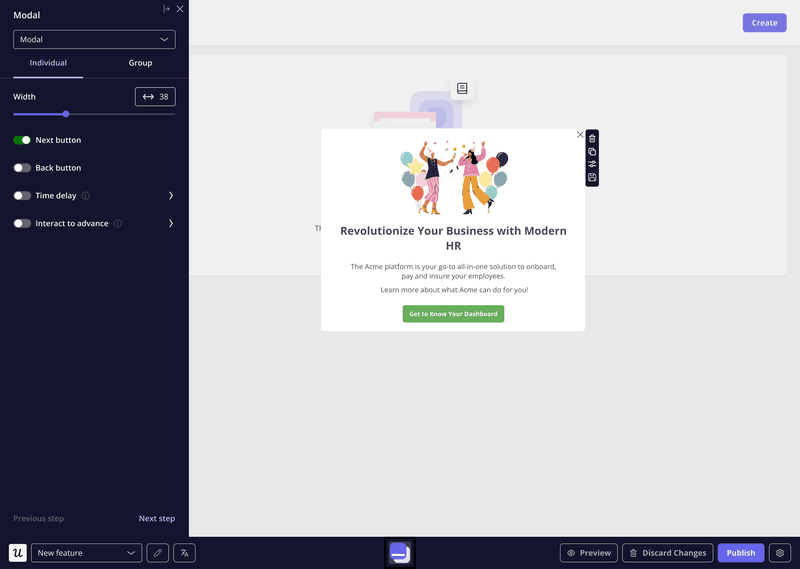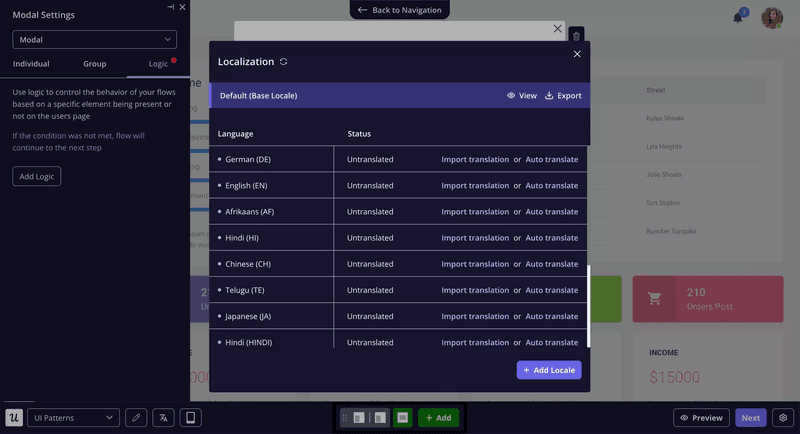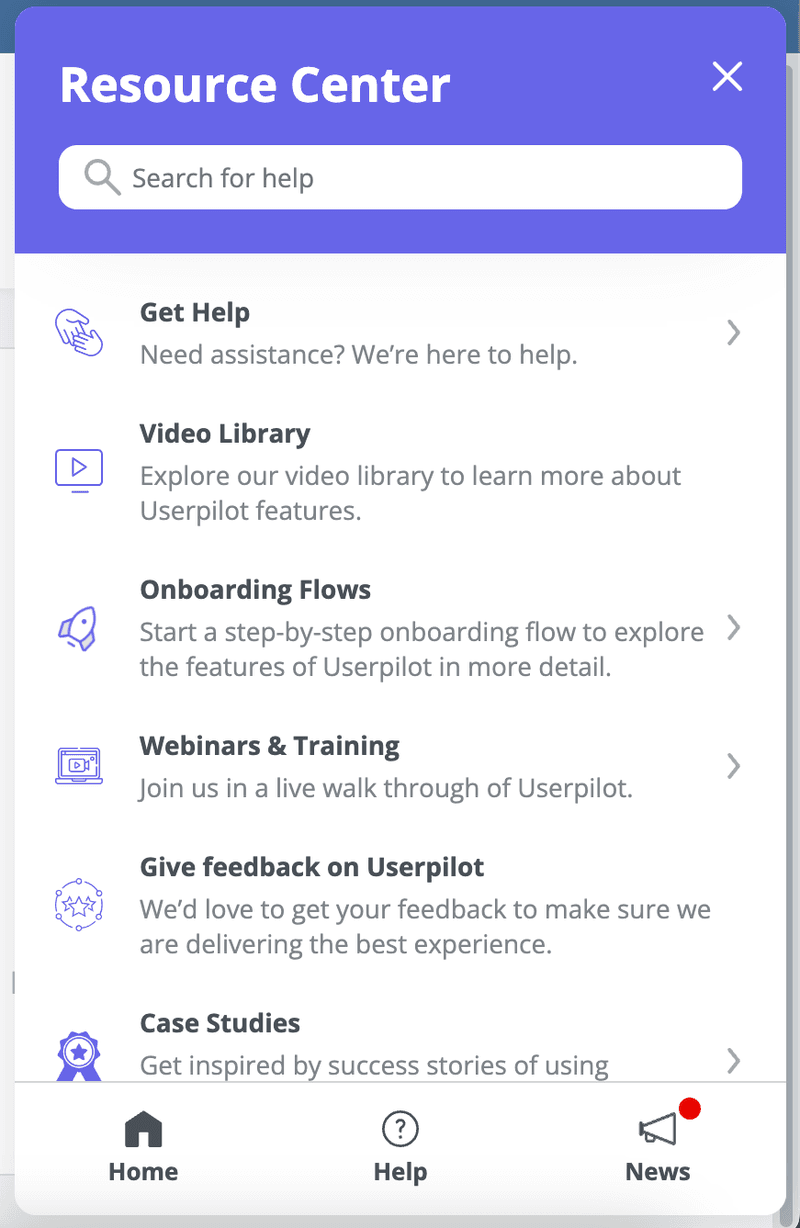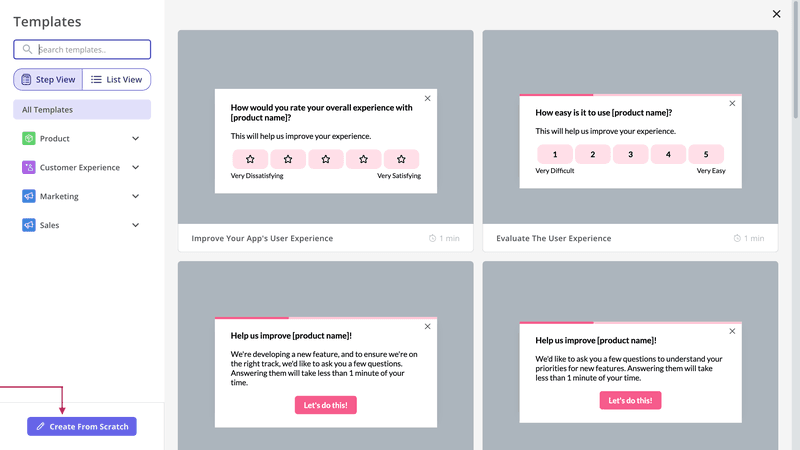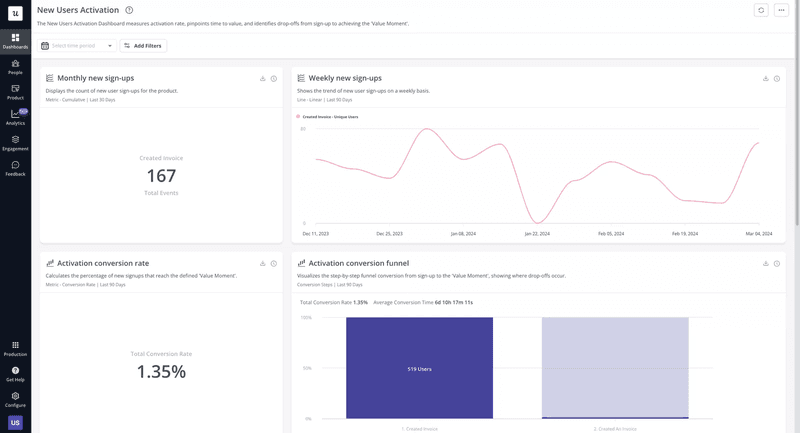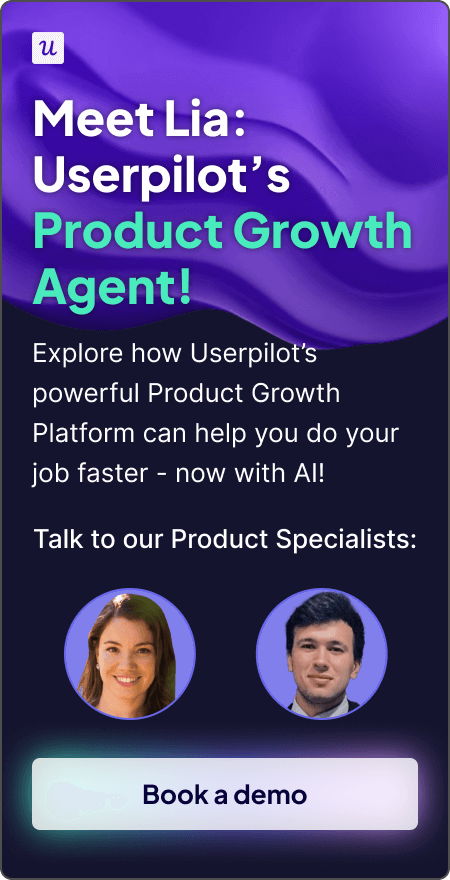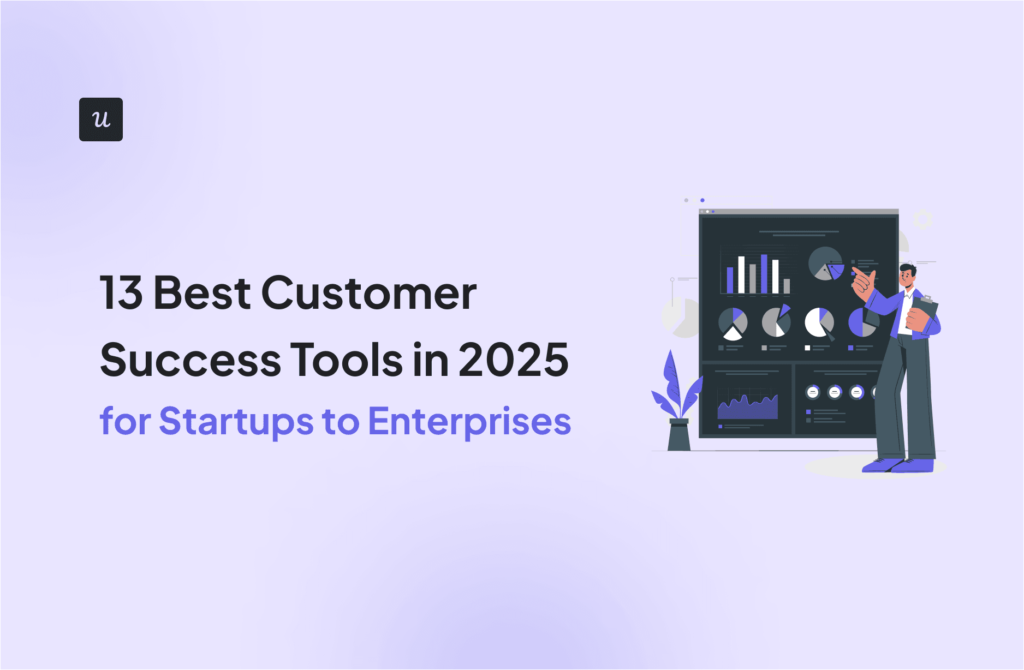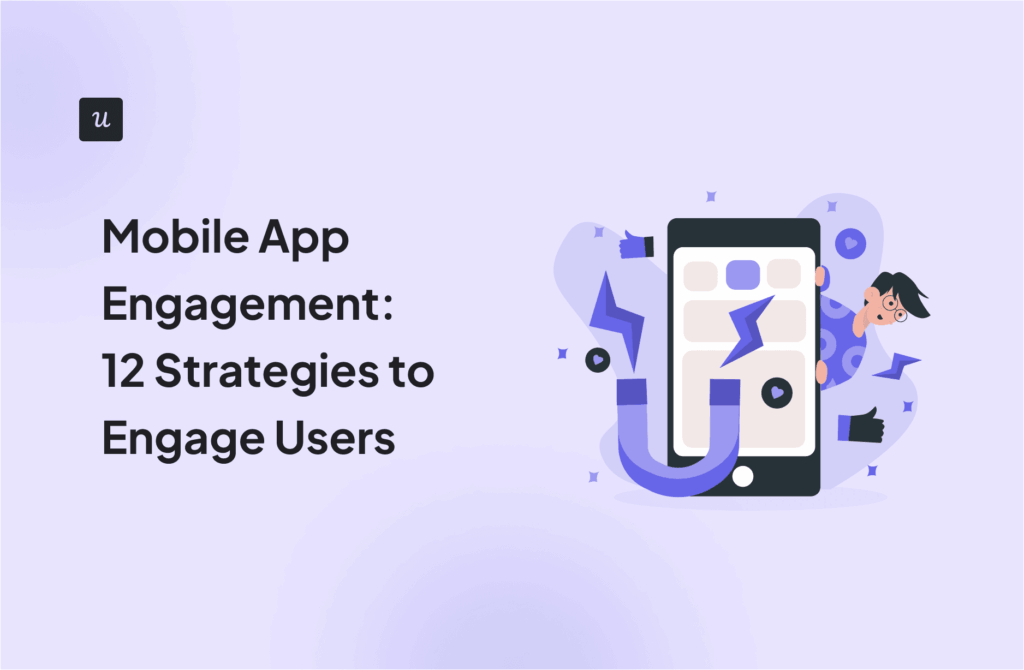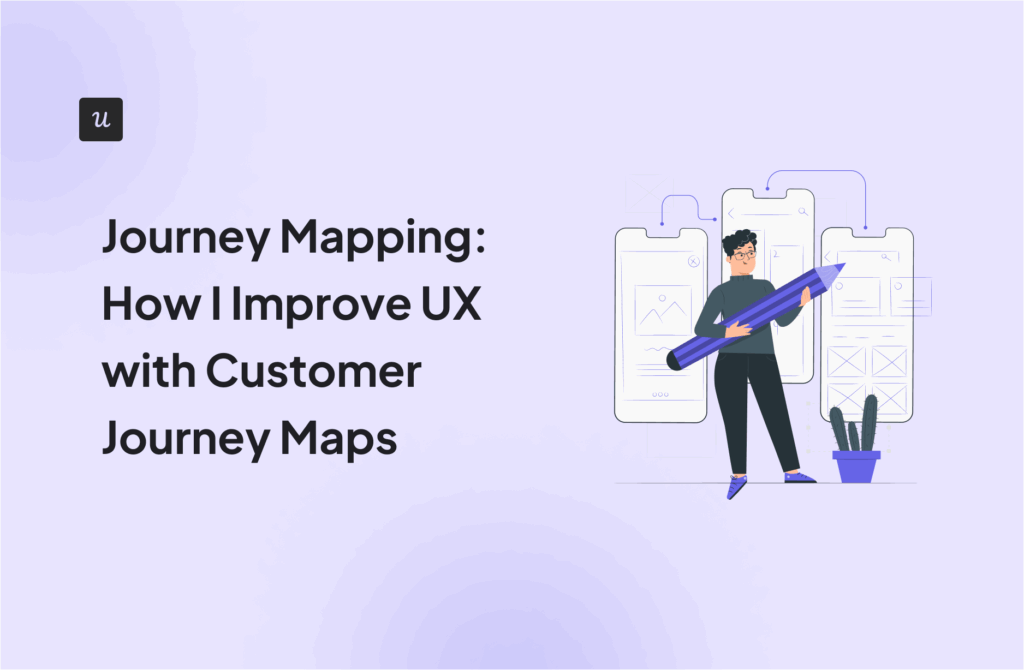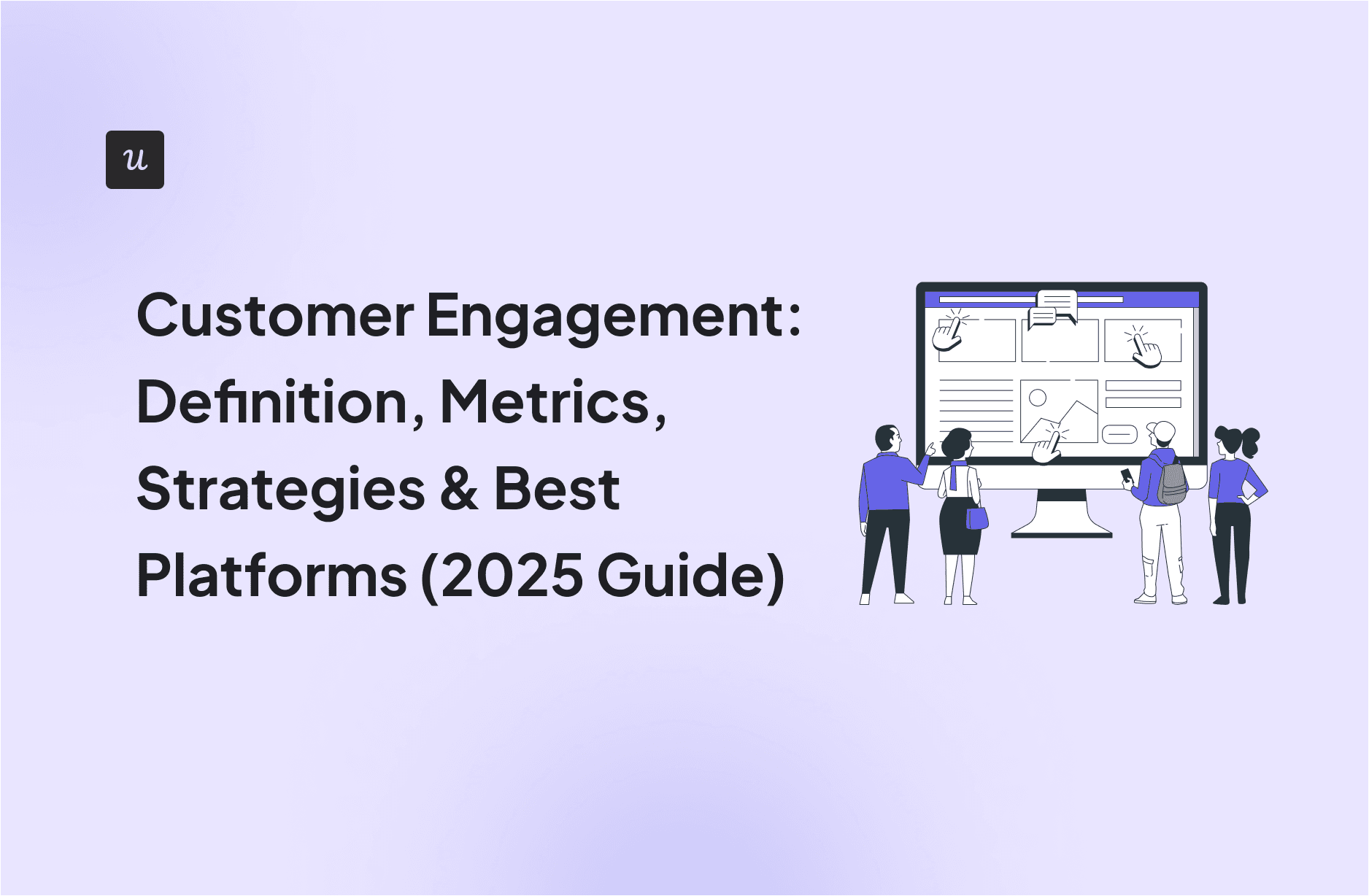
Customer Engagement: Definition, Metrics, Strategies & Best Platforms (2025 Guide)
Most SaaS companies think they have a customer engagement strategy… until churn exposes the truth.
It’s easy to assume that users engage with your product if all you do is send newsletters and answer their support tickets. However, I’ve learned that customer engagement isn’t about broadcasting messages or checking boxes.
Customer engagement demands a proactive, strategic focus on fostering meaningful two-way interactions and meticulously measuring impact. It also involves implementing successful customer engagement strategies and using platforms like Userpilot to cultivate customer loyalty and drive continuous product success.
In this guide, I’ll walk you through what customer engagement truly means, how to measure its impact, the strategies that consistently deliver value, and platforms that make it all possible: even for self-serve products that might initially seem to require less active intervention.
What’s your biggest challenge with new user onboarding?
How do you currently announce new features?
How do you collect user feedback for your [INSERTKEYWORD] strategy?
Stop Guessing. Start Engaging.
It looks like you have gaps in your customer [INSERTKEYWORD] strategy. Proactive, contextual engagement isn’t just nice-to-have—it’s essential for retention and growth. Userpilot can help you fix these blindspots.
Try Userpilot Now
See Why 1,000+ Teams Choose Userpilot
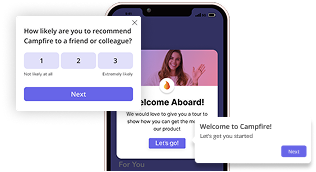
What is customer engagement in SaaS?
Customer engagement in SaaS is the ongoing, two-way interaction between your brand and users across their entire customer journey. In my opinion, it’s about building deep relationships that drive loyalty, and it goes beyond just sending newsletters or answering support tickets.
Consider this distinction: A customer who simply uses your product is a recipient of an experience. An engaged customer is an active participant, providing feedback, seeking help, discovering new features, and even championing your brand on social media. This difference matters because engaged customers stick around longer, spend more, and become your most valuable advocates.
Customer engagement differs from customer satisfaction (how happy users are), customer loyalty (how likely they are to stay), and customer experience (the sum of all interactions). It’s the active, ongoing dialogue that fuels all three.
| What it measures | Key focus | |
|---|---|---|
| Customer engagement | Frequency and depth of interactions with your brand | Active participation, two-way communication |
| Customer experience | Quality of all touchpoints across the customer journey | Seamless, friction-free interactions |
| Customer satisfaction | How happy users are with your product or service | Meeting customer expectations and solving problems |
Why does customer engagement strategy matter?
From my perspective, focused on product-led growth, strong customer engagement is directly tied to success. Your strategy matters because it’s pivotal to driving tangible business outcomes and brand loyalty.
Some might argue that customer acquisition is the primary focus, but without solid engagement, the churn from dissatisfied customers quickly negates any acquisition gains.
When users actively engage with your product, here are the key benefits I observe:
- Increased customer retention: Users stick around longer when they feel heard and see ongoing value. This stickiness directly impacts our customer retention rates, which is far more cost-effective than constantly acquiring new customers. Forrester’s analysis of Azure OpenAI showed that better customer engagement led to a 10-30% increase in annual customer retention over three years.
- Maximized customer lifetime value: Loyal customers are more likely to upgrade, cross-buy, and extend their subscriptions. They see our product as a solution that grows with their needs, boosting their customer lifetime value(LTV).
- More upsell and cross-sell opportunities: The more users engage with our product, the more likely they are to understand its full potential, opening doors for upselling and cross-selling. They trust us, making them receptive to new offerings. Sales teams report 72% of revenue comes from existing customers (vs. 28% new).
- Valuable customer feedback: Engaged users don’t just consume; they contribute by offering feedback that you can leverage to make informed decisions.
- Stronger brand loyalty and advocacy: Satisfied customers become our biggest advocates, spreading positive word-of-mouth on social media channels. Such advocacy encourages potential customers to use your product.
How to measure customer engagement? Important customer engagement metrics
To truly understand how well we’re engaging our users, I rely on a set of key customer engagement metrics. These aren’t just numbers; they tell a story about our customers’ journey and their connection with our product.
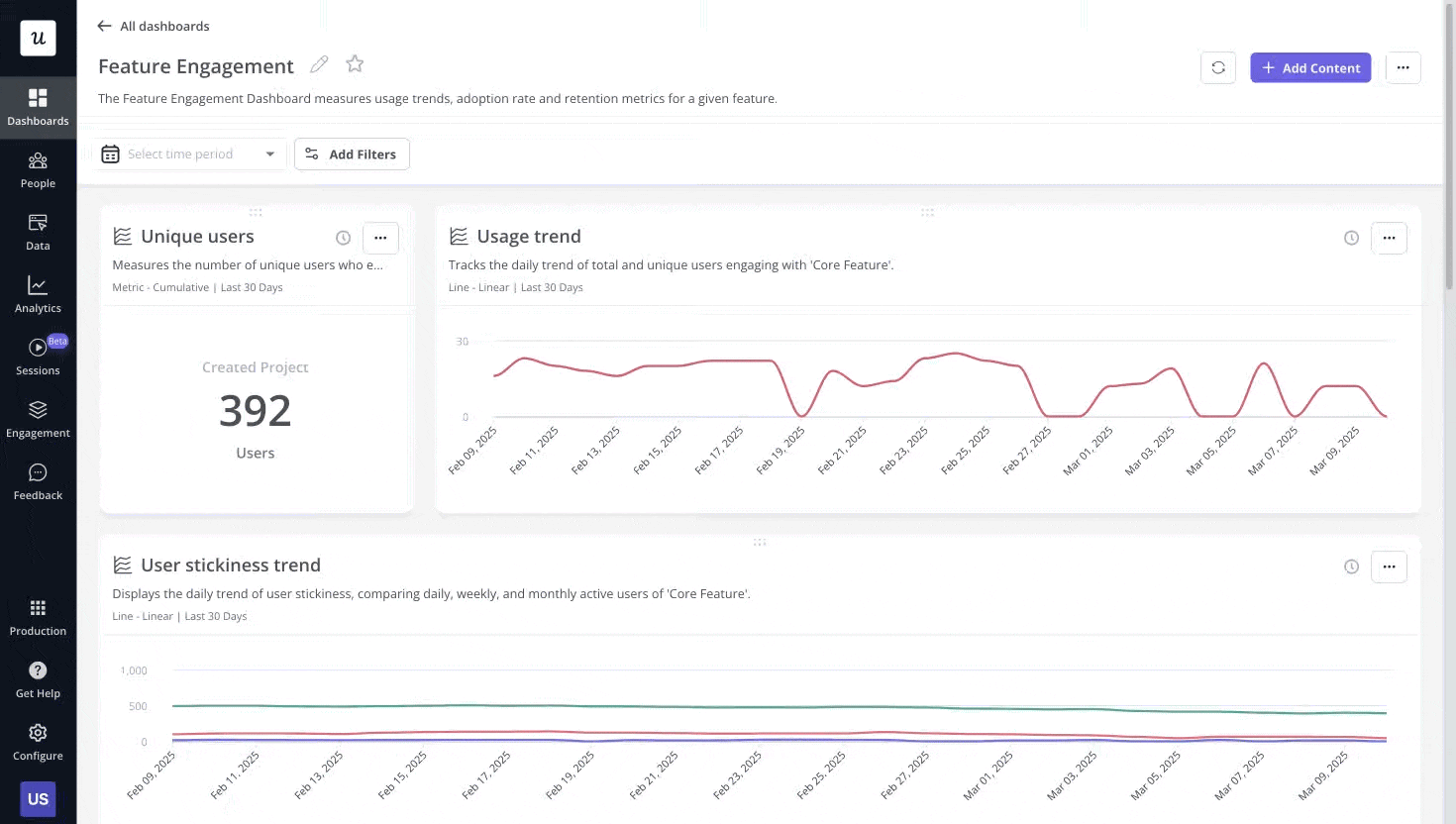
Here are some of the most important ones:
Customer retention rate
This is non-negotiable. It tells us the percentage of customers who stick with us over time. A strong retention rate is a direct indicator of consistent value delivery and genuine engagement.
You can calculate the customer retention rate using this formula:
For example, if you start the month with 150 customers, acquire 40 new ones, and end with 175 customers, your retention rate would be: ((175 – 40) / 150) x 100 = 90%.
Net Promoter Score (NPS)
I use NPS surveys to gauge overall customer loyalty. Knowing who our promoters, passives, and detractors are helps us tailor our follow-up and engagement efforts.
For example, we might follow up with detractors to understand their pain points better and address them proactively.
To calculate the Net Promoter Score:
This score can range from -100 (every customer is a detractor) to +100 (everyone is a promoter).
Customer Satisfaction Score (CSAT)
While NPS is about loyalty, CSAT offers insights into satisfaction with specific interactions or features. We embed short, contextual CSAT surveys within our app to get immediate feedback. It’s better to use in-app surveys since customers are more likely to answer accurately when the experience is fresh in their minds.
Use this formula to calculate CSAT:
Product usage metrics (DAU, WAU, MAU)
This is where the product-led magic happens. I track product usage metrics like Daily Active Users (DAU), Weekly Active Users (WAU), and Monthly Active Users (MAU), as analyzing the DAU/WAU/MAU ratio helps us understand product stickiness.
In addition, Userpilot’s Product Usage Dashboard provides a clear overview of how users interact with our features and allows us to identify those truly engaged users.
Feature adoption rate
Tracking the feature adoption rate tells us if our new features are actually solving problems and providing value.
Here’s the formula for calculating your feature adoption rate:
For example, if 92 users actively engaged with a feature out of 1,450 total logins, the adoption rate would be 6.34%.
Customer churn rate
This is the flip side of retention. A high churn rate signals disengagement and helps us identify areas where our product or entire customer experience might be falling short. Userpilot’s User Retention Dashboard provides detailed insights into who is staying and who is leaving.
To calculate customer churn rate:
You can track and analyze these metrics with Userpilot’s analytics dashboard to get a complete view of customer engagement without juggling multiple tools.
Customer engagement strategies across SaaS customer lifecycle
Measuring is essential, but acting on those customer insights is what truly drives engagement. Here are some strategies that, from my experience, always work:
Personalize customer journeys with contextual guidance
Generic experiences deter users. They expect us to know them and their needs. That’s why personalization is at the core of our strategy.
We segment users based on their roles, activity, or plan type, then deliver tailored in-app experiences. For instance, new users receive onboarding flows tailored to their specific role, highlighting the features most critical to their success.
Userpilot makes it easy to personalize content by dynamically inserting user properties, such as their name, directly into welcome messages or tooltips.
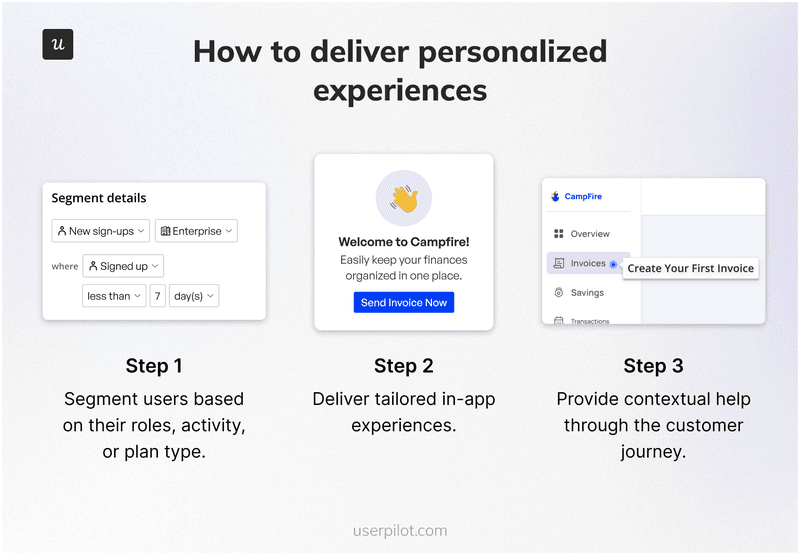
Beyond personalization, providing contextual help is crucial. If a user is struggling with a specific feature, the best time to offer help isn’t when they leave the app to search your knowledge base, but when they need it, right in the app.
This in-app guidance element could be a tooltip appearing on hover, or a mini-tutorial guiding them through a complex step. Such an approach is especially critical for self-serve products, where users value independence but still need efficient pathways to solutions.
Take Troi, for example. They used Userpilot to automate their software demos with a personalized guided tour. The company included the face of each user’s sales rep on the tour, making the experience feel human rather than automated.
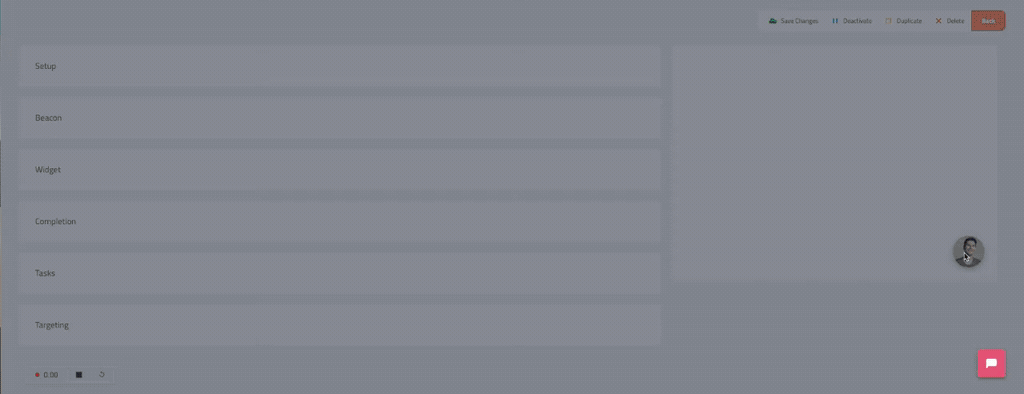
This personal touch made new users more willing to work through the onboarding process.
The results? Troi saved 5 days of development time, €10,000 in development costs, and freed up 50-100 hours for their sales team to focus on high-quality prospects instead of basic demos.
Create an omnichannel customer experience to improve customer engagement
Our users interact with us across many channels: email, social media, our product itself, and support. A disjointed experience across these channels creates friction. We strive for omnichannel engagement, ensuring that conversations flow smoothly from one channel to the next without users having to repeat themselves.
Userpilot lets you orchestrate cross-channel communication from one place, ensuring consistent messaging at every stage of the user journey. You can create personalized paths for every user, tailoring their journey based on the actions they take, the properties they have, or the time elapsed.
Our platform also tracks workflow performance from start to finish, measuring end-to-end completion rates, time-to-value, and proving the ROI of every campaign.
| Key features | Core integrations | |
|---|---|---|
| In-app | Modals, tooltips, slideouts, checklists, resource centers. | Native functionality. |
| Mobile | Carousels, push notifications, mobile analytics, advanced segmentation, and localization. | The Mobile SDK is available for iOS and Android apps, including frameworks like React Native and Flutter. |
| Personalization, testing, scheduling, analytics. | SendGrid, Mailchimp, HubSpot. |
Provide existing customers with proactive support to avoid friction
Waiting for customers to come to us with problems is a reactive approach, and it’s often too late. That’s why we focus on proactive customer service.
This approach means using data to anticipate needs and offer solutions before friction builds. Suppose our analytics show a user struggling with a particular workflow. In that case, we might trigger a short in-app message offering a quick tip or directing them to a relevant help article.
Our new Product Growth AI Agent makes this process even easier. Think of it as your AI teammate that uncovers opportunities and builds targeted solutions. The Agent analyzes product data and user insights from surveys and session replays, detects anomalies and drop-offs, clusters feedback, and explains the why behind friction.
Instead of just sending an alert, it automatically creates the perfect in-app message, tour, or survey needed to solve the issue. You can then launch the solution to the right audience with a single click, no code or developers required. The Agent continuously monitors results and optimizes solutions, doubling down on what works and replacing what doesn’t.
Userpilot allows us to trigger content based on user behavior, which is perfect for proactive interventions. Some might argue this feels like “hand-holding,” but I see it as smart, data-driven assistance that prevents frustration and improves the user’s ability to succeed independently.
Build product communities to foster customer relationships
Users seek connection with peers who share their interests. Fostering a product community or loyalty program creates a sense of belonging, driving customer engagement that extends beyond just using the products and services. This community could be a forum for sharing tips, a Slack group for advanced users, or even user-generated content campaigns. The goal is to make users feel like they’re part of something bigger.
There are several thriving product communities we can call to mind:
- Notion has built a flourishing community where users share templates, tips, and creative use cases.
- Figma’s community platform lets designers showcase their work and download resources created by other users.
- Salesforce’s Trailblazer Community connects users worldwide to ask questions, share best practices, and attend local meetups.
These communities don’t just support the product; they become a competitive advantage that increases customer loyalty and reduces churn.
Leverage feedback to improve customer engagement strategy
I consider feedback a gift, and we treat it as such. We actively seek out customer feedback through various channels and, crucially, act on it. This means not only collecting in-app surveys but also closing the feedback loop by showing users how their input has led to improvements. When users see their suggestions come to life, their engagement deepens.
Userpilot makes it easy to create and deploy surveys and other feedback systems directly in-app. This process directly refutes the idea that “a good product is enough,” because even excellent products benefit from continuous, user-driven refinement.
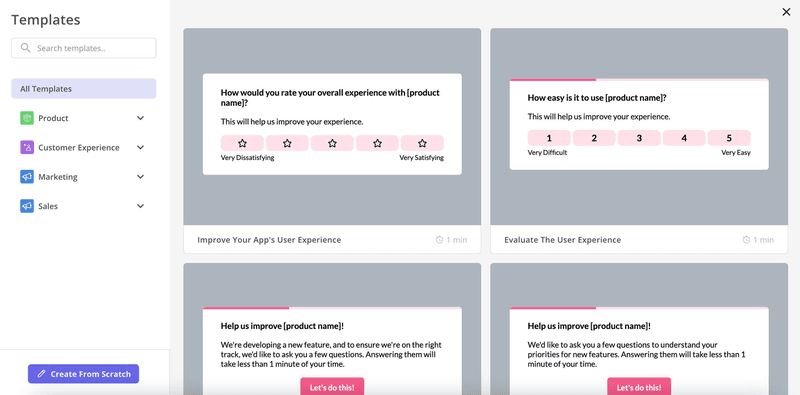
Our Product Growth AI Agent can analyze feedback at scale, cluster user pain points by theme, and recommend specific actions to address the most pressing issues. Instead of manually sifting through hundreds of survey responses, the Agent identifies patterns and suggests solutions, letting you focus on implementation rather than customer data analysis.
Customer engagement examples from real brands
Here are three examples of how product teams use Userpilot to drive meaningful customer engagement across different use cases.
Kommunicate: Driving feature adoption through interactive onboarding
Kommunicate.io’s customers were unaware of many features, which impacted how users perceived the product’s value. Users weren’t getting the full benefit of what they’d paid for simply because they didn’t know certain capabilities existed.
By implementing onboarding checklists, interactive walkthroughs, and a notification bar using Userpilot, Kommunicate made feature discovery seamless. The results speak for themselves: chatbot integration increased by 15%, overall feature adoption rose by 4%, and key feature usage climbed by 3%. These improvements directly translated to effective customer engagement and higher perceived product value.
Talana: Replacing high-cost tools with dynamic engagement
Talana struggled with Intercom’s limitations as it didn’t support dynamic attributes for onboarding flows and had high pricing that didn’t match the value received. They needed a solution that could create personalized onboarding experiences while improving self-service support.
After implementing Userpilot, Talana saw remarkable engagement improvements.
About 35.6% of users engaged with modals, banners, and pop-up messages, while 31% interacted with tooltips.
The integration of Userpilot’s resource center also gave their help content far greater visibility, reducing support tickets and empowering users to find answers independently.
Cledara: Scaling onboarding beyond high-touch approaches
Cledara’s high-touch onboarding process wasn’t scalable. Their internal tool lacked proper segmentation capabilities, making it impossible to deliver personalized experiences as they grew.
After testing Intercom and choosing Userpilot for in-app feature announcements, communication flows, and NPS surveys, Cledara saw immediate results. Within just one week, customer engagement improved dramatically.
In-app messages improved response time by 88%, gathering the same level of interest in 1 week that previously took 8 weeks via email.
This shift gave Cledara better control over the user experience while dramatically accelerating engagement.
How to leverage customer engagement with Userpilot
As a PLG marketer, I need platforms that empower me to build, manage, and analyze user experiences independently. This is where customer engagement platforms shine, and why I advocate for tools like Userpilot as my core platform.
Userpilot, for example, allows product teams to deliver personalized in-app experiences, increasing customer engagement growth metrics at every stage of the user journey. It’s a product growth platform that’s particularly strong for:
- Deliver interactive onboarding & guidance: Build flows that guide new customers to their “Aha!” moment faster. For complex setups, use checklists to break down tasks into manageable steps, reducing friction and improving time-to-value. You can even localize flows for a global user base.
- Empower self-service support channels: Our Resource Center within the app offers on-demand help, housing our knowledge base articles, FAQs, and even video tutorials. Userpilot also integrates with support tools like Zendesk to surface relevant articles right where users need them.
- Streamline in-app feedback collection: Create in-app surveys to gather customer feedback on new features, usability, and overall satisfaction. Deploy CSAT surveys and track customer sentiment to understand how users feel about our product or service. This direct, contextual feedback is invaluable for better customer engagement.
- Unlock actionable product analytics: Userpilot’s analytics engine provides detailed insights into customer behavior, flow performance, and user activation. Build custom dashboards to track specific metrics that align with your PLG goals. Measure customer engagement across the entire journey, from activation to retention, across in-app, mobile, and email.
- Automate personalized workflows: With Userpilot’s workflow automation, orchestrate multi-step engagement strategies that adapt based on user actions. Trigger personalized messages at key customer interactions, ensuring relevant communication whether users are exploring features or hitting friction points.
Other customer engagement tools based on your needs
While Userpilot excels at product-led engagement, different tools serve specific needs across your customer engagement marketing strategy and journey touchpoints. Here’s a comparison table of some of the best customer engagement platforms:
| Tool | Use case | Pricing | G2 rating |
|---|---|---|---|
| UserGuiding | User onboarding on a budget | Start from $69/month (billed annually) | 4.7 |
| Appcues | Product adoption and onboarding tours | Start from $249/month (billed annually) | 4.6 |
| Chameleon | Advanced product tours | Start from $279 /month | 4.4 |
| Whatfix | Enterprise digital adoption | Custom pricing | 4.6 |
| Intercom | Customer support and messaging | Start from $29per seat/month (billed annually) | 4.5 |
| HubSpot | Marketing automation and CRM | Free, paid plans from $9per seat/month (billed annually) | 4.4 |
| Zendesk | Customer support ticketing | From $19/agent/month (billed annually) | 4.3 |
| Mailchimp | Email marketing campaigns | Free, paid plans from $10/month for the first 12 months (billed annually) | 4.3 |
Turn customer engagement into your competitive advantage
Customer engagement is a continuous journey, not a destination. This journey goes beyond keeping users happy. Instead, it transforms them into lifelong customers who fuel your growth through word-of-mouth and loyalty.
By integrating strategy, metrics, and powerful platforms like Userpilot, you shift from just “having customers” to “engaging with partners,” ensuring your product achieves sustainable growth in 2025 and beyond.
Ready to improve your customer engagement strategy? Book a demo and discover how easy it is to create and measure experiences that turn new customers into brand advocates.
FAQ
What are the 4 P's of customer engagement?
The 4 P’s of customer engagement are:
- Personalization: Tailor experiences based on user behavior, preferences, and individual needs.
- Proactivity: Anticipate customer needs and reach out before problems escalate.
- People: Build human connections through empathetic, authentic interactions.
- Problem-solving: Focus on resolving issues quickly and helping customers achieve their goals.
I apply these principles throughout our engagement strategy. For example, we personalize onboarding flows by user role, proactively trigger help messages when users encounter friction, and prioritize human touchpoints for complex issues.

